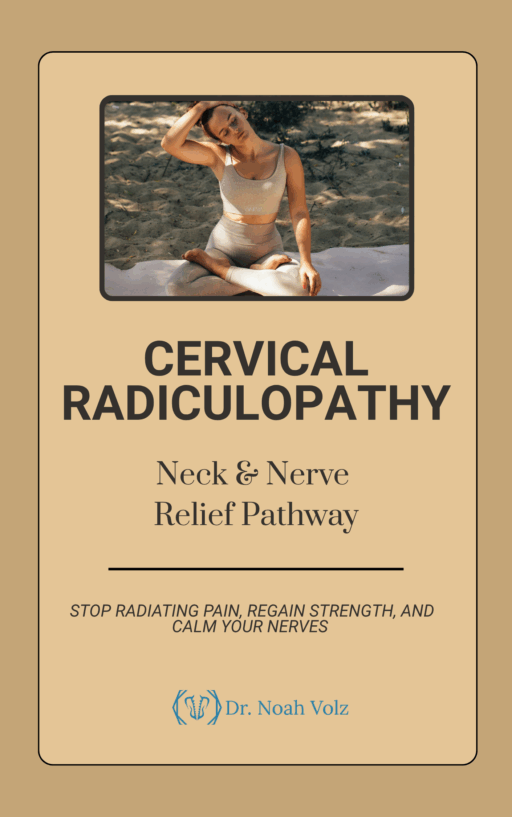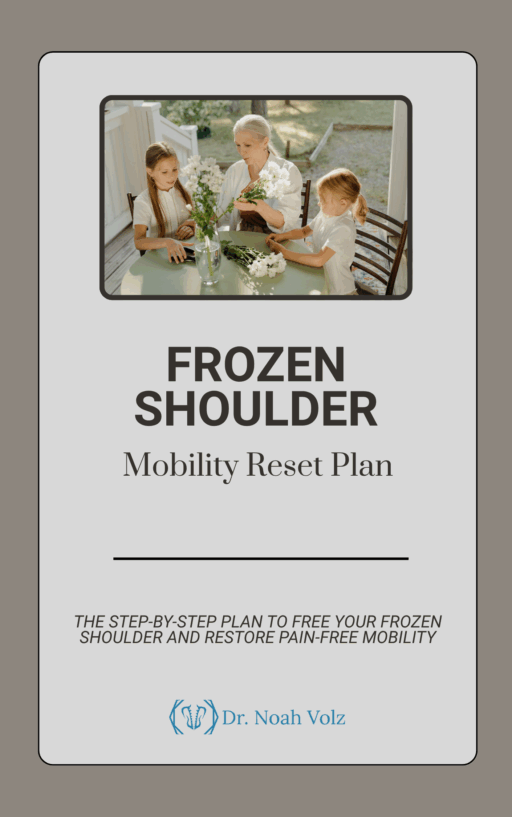James never thought much about his left shoulder. It was his right one that had been bothering him for months after an old injury flared up. He adjusted how he carried groceries, shifted his sleeping position, and even changed the way he reached for items on high shelves. At first, it seemed like his left shoulder was just stepping in to help out. But soon enough, a new, dull ache crept into the supposedly “good” shoulder. Frustrated, James wondered how he had gone from one bad shoulder to two.
This scenario is more common than you might think. Many people with an injured or painful shoulder eventually develop discomfort in their opposite shoulder. But why does this happen? The answer lies in the overcompensation effect, a phenomenon where the body, in its effort to protect an injured area, inadvertently creates new problems.
How Overcompensation Leads to New Shoulder Pain
The human body is designed to adapt. When one area becomes weak or painful, other muscles and joints take on extra work to compensate. This is a natural protective mechanism, but over time, it can lead to excessive strain, poor movement mechanics, and eventual pain in the previously unaffected shoulder.
Here are some key ways overcompensation occurs:
1. Increased Load on the Opposite Shoulder
When one shoulder is in pain, simple tasks like carrying a bag, pushing open a door, or even getting dressed become one-sided activities. Over time, the “healthy” shoulder absorbs an increasing amount of stress. The additional workload can cause muscle fatigue, joint irritation, and even subtle tissue damage, leading to chronic discomfort.
2. Altered Movement Patterns
To avoid pain, people unconsciously adjust how they move. This could mean leaning more to one side, favoring one arm over the other, or changing the way they lift objects. While these adaptations help in the short term, they create imbalances in muscle use, leading to dysfunction in the overworked shoulder.
3. Postural Changes and Asymmetry
Favoring one shoulder often affects posture. When one side is guarded, the body may tilt slightly to compensate, causing strain through the upper back, neck, and opposite shoulder. Over time, this can contribute to muscle tightness, misalignment, and joint stress.
4. Neural Adaptations and Pain Sensitization
The nervous system plays a significant role in pain perception. When one shoulder has been in pain for a while, the brain may become hypersensitive to pain signals, increasing the likelihood of developing discomfort elsewhere. This is known as central sensitization, where the nervous system amplifies pain signals beyond the initial site of injury.
Common Signs of Overcompensation Shoulder Pain
-
A gradual onset of discomfort in the opposite shoulder
-
Fatigue or soreness after prolonged use
-
Increased tension in the neck and upper back
-
Limited range of motion compared to before
-
A feeling of tightness or stiffness that wasn’t present before
How to Prevent and Address Overcompensation Shoulder Pain
The key to preventing overcompensation injuries is early intervention and balancing movement patterns before strain becomes chronic pain. Here’s how:
1. Improve Symmetry Through Strength Training
Rather than allowing one shoulder to take over, exercises that focus on bilateral strength and stability can help evenly distribute load. Resistance band exercises, isometric holds, and controlled movements ensure that both shoulders remain equally engaged.
2. Re-educate Movement Patterns
Working with a chiropractor or movement specialist like Dr. Noah Volz in Ashland, OR, can help retrain the body to move correctly. Movement assessments can reveal compensation habits, and guided exercises can correct imbalances before they lead to more pain.
3. Incorporate Mobility and Stretching Routines
Both shoulders should maintain full range of motion to prevent stiffness and overuse strain. Regular mobility drills, such as wall slides, shoulder circles, and passive stretching, can help maintain joint flexibility and reduce the risk of dysfunction.
4. Optimize Nervous System Function
Since the brain and nervous system influence pain perception, neurological rehabilitation strategies like mirror therapy, proprioceptive exercises, and chiropractic adjustments can help recalibrate movement patterns and reduce overuse strain.
5. Manage Load and Recovery
If the opposite shoulder is starting to show signs of strain, rest and recovery strategies become essential. Alternating activities between both arms, using ergonomic supports, and avoiding excessive repetitive movements can help prevent further issues.
James’ Path to Balanced Shoulder Health
With the guidance of Dr. Noah Volz in Ashland, OR, James learned that his pain wasn’t just about his shoulders—it was about his entire movement system. Through targeted rehabilitation, he regained balance in his shoulders, improved his posture, and reprogrammed his nervous system to move efficiently. Over time, his “good” shoulder returned to feeling as strong as ever, and his original shoulder pain significantly improved.
The overcompensation effect is a natural response, but with the right approach, it doesn’t have to turn into chronic pain. By recognizing the early signs and addressing movement imbalances, anyone can prevent their “good” shoulder from becoming a painful one.
If you’re dealing with shoulder pain or noticing discomfort in your “healthy” shoulder, now is the time to take action. Understanding and correcting movement patterns can make all the difference in keeping both shoulders strong and pain-free.
-

Bicep Tendon Pain Solution
$50.00 -

Brain Detoxification & Recovery System
$50.00 -

Brain Energy and Endurance Support System
$50.00 -

Brain-Based Movement and Motor Control Training
$50.00 -

Centralized Low Back Pain
$50.00 -

Cervical Radiculopathy: Neck and Nerve Relief Pathway
$50.00 -

Complex Low Back Pain
$50.00 -

Complex Radiating Low Back Pain
$50.00 -

Cross-Pattern Low Back Pain
$50.00 -

Frozen Shoulder Mobility Reset Plan
$50.00 -

Impingement Syndrome: Shoulder Relief Framework
$50.00 -

Mastering Brain Senses: Rebuild Your Hearing, Vision, and Body Awareness
$50.00













